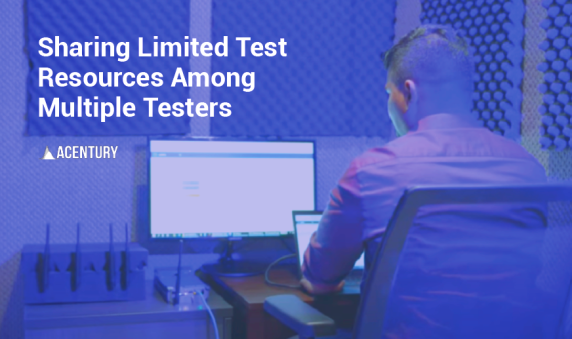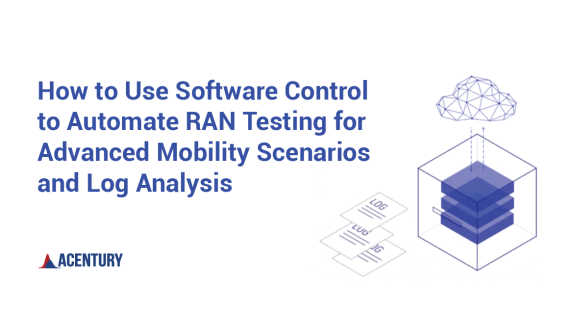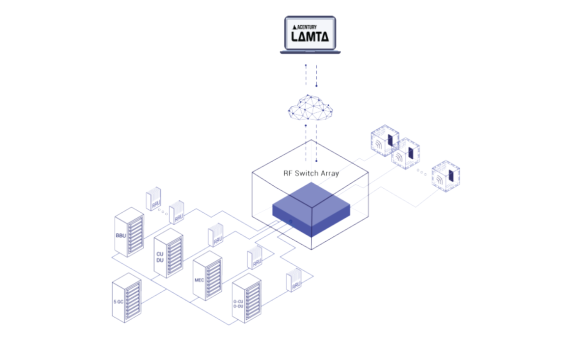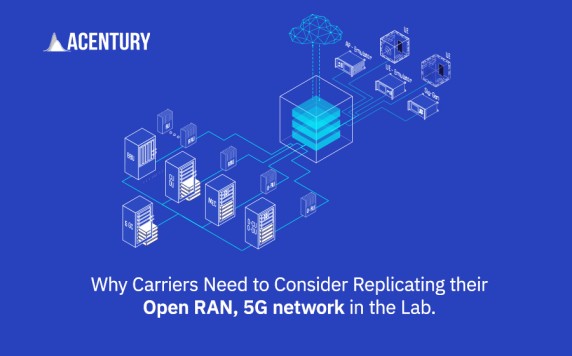Learn and discover.

Sharing Limited Test Resources Among Multiple Testers
One of the biggest issues seen in RF labs is the need to share expensive and limited test resources among a larger group of testers. Ideally, all testers would have their own, dedicated test equipment. However, much of this equipment is very expensive so this isn’t really a practical approach in most labs.

The Current State of RAN Testing and Deployment Practices
Many operators rely heavily on emulation as part of a reasonable testing strategy. However, emulation, even when done at scale, doesn't accurately reflect the real-world environment and makes too many assumptions about network configuration that don't represent that operator's specific implementation.

How to Use Software Control to Automate RAN Testing for Advanced Mobility Scenarios and Log Analysis
To facilitate test automation each resource in the system is controlled by the orchestration layer and configured according to the scenario being tested. Here we're showing the 5G core, higher levels of RAN, the CU/DU splits, the RRUs, and the devices under test.

Examining How a Mirror Lab Can Replicate and Test Production 4G and 5G Networks Simultaneously
In this blog post we are going to review three configuration examples of lab architecture that mirror the production environment of a mobile network. The first is an operator who wants to be able to test their two-vendor 4G implementation in the lab, where each vendor uses two different configurations.

Introducing the LAMTA RF Test Position
The RF Test Position solution is an off-the-shelf product launched and released in late 2022 and features one of many solutions that can be derived from the LAMTA orchestration platform. Popularity of the solution increased after the COVID-19 pandemic forced lab managers to maintain business continuity without having staff on site.

Replacing RF patch panels with a software-controlled RF switch matrix
One of the most common issues facing RF lab managers is the cost of setting up various RF testing scenarios, executing the tests, and then tearing down those same setups. Not only is this tedious, time-consuming, and manual labour, it also creates excessive stress and strain on expensive RF components.

Part 2: How CI/CD methodologies can be applied to 5G RAN Testing and Deployment
With the advent of software-centric applications, CI/CD methodologies and continuous testing workflows were introduced to improve end-user applications and experiences. Could these same principles and methods be used to test things that are not virtual - like parts of 5G RAN?

Part 1: How 5G/O-RAN and cloud native architectures introduce new complexities for testing labs
Mobile networks are rapidly becoming more like IT networks and Mobile Network Operators will need to adapt their testing and deployment processes accordingly. Technologies like 5G and Open RAN present fundamentally new challenges and traditional testing approaches are no longer enough.

Why Carriers Need to Consider Replicating their Open RAN, 5G network in the Lab
The typical mobile network is more complicated today than ever before. More frequency bands are in use with different propagation characteristics, multiple radio access technologies used simultaneously, all to deliver an expanding list of innovative user services. This means combinations to test are expanding. How can operators adopt their testing and deployment processes to manage this change?
